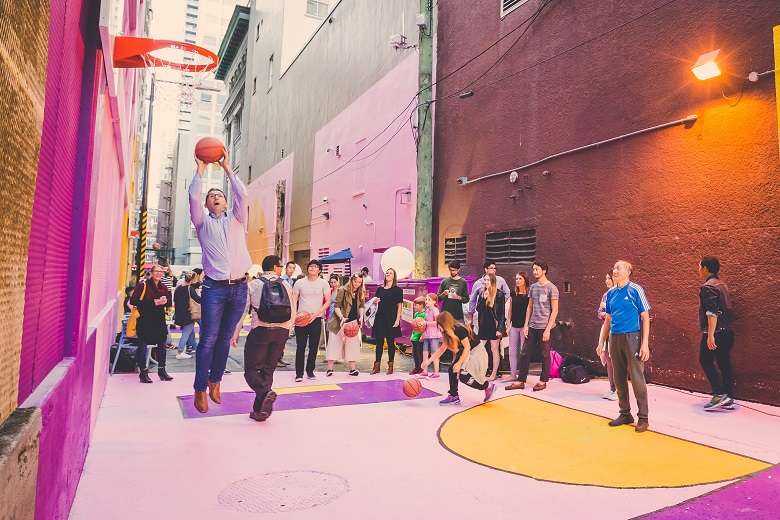
Melbourne has proved itself a global trendsetter with its innovative laneway transformations, a conference has heard.
Darryl Condon, Managing Principal of Canadian public sector sport and recreation specialist HCMA Architecture + Design, says Melbourne is leading the world with its laneways, and has provided the inspiration for a series of transformations in Vancouver.
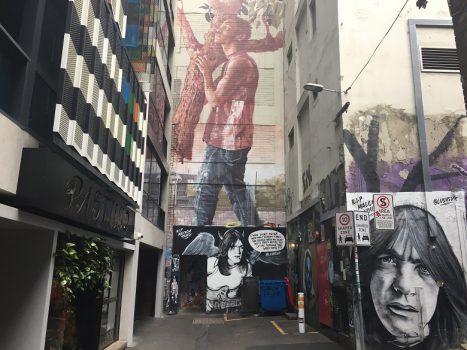
Mr Condon told a conference that the built environment and urban design can remove barriers to public participation and engagement, and drive active communities.
“It’s about changing the way that we think about our ability to have an impact, and changing the way that we think about the city around us,” he told the National Sports Convention in Melbourne in Wednesday.
This means looking beyond the confines of traditional sports facilities, he said, citing Melbourne’s laneway transformations as a powerful way of shaping cities differently.
“I believe that Melbourne is world-leading in terms of recognising the potential and value of using these laneways as public space. It’s exactly the type of public spaces that we need,” Mr Condon told Government News after addressing the conference.
“I’ve studied them, and I’ve looked at them and we’ve been inspired by them. To see them and to experience them first hand has been really wonderful.”
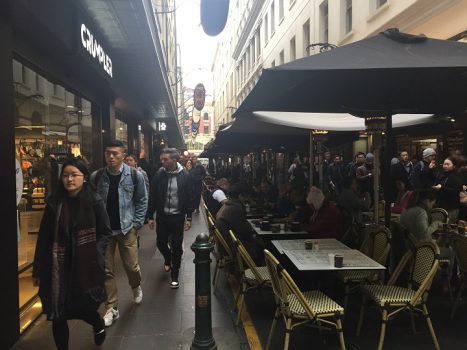
Mr Condon said his hometown of Vancouver had taken the lead from Melbourne in transforming its own laneways in partnership with local authorities and the business community.
“The traditional back lane in Vancouver is about service, it’s about garbage collection, it’s about drug transactions,” he said.
“We looked to Melbourne as the best example of how to think about their potential.
“We had a minimal budget, so we used paint and sporting equipment like basketball hoops and portable soccer nets. We transformed a dull and drab lane using very simple economic means of colour and sport and activity to bring energy and activity to it.”
Since the first experiment two more Vancouver lanes have undergone a transformation and they are now among the city’s most popular instragam locations.
The laneways have also created safe places for people to participate fully in their communities, Mr Condon said. They have resulted in an increase in foot traffic, and there has been a 50 per cent increase in use by women.
Global trendsetters
Mr Condon said other cities are also showing the way forward with examples of inventive public space use.

Oslo’s Sorenga Sjobad Seawater Pool is a recreational area with a floating promenade, cafes, restaurants and outdoor spaces.
“On one level it’s about sport and recreation because you swim there, but most people are just there to socialise and participate in their community,” Mr Condon says.
“The social energy and social value of that place far outweighs its described purpose of being a platform for swimming. “
Similarly, the The Loyly Sauna on Helsinki’s waterfront is a traditional wellness facility, but it has been integrated into the urban fabric with food and hospitality.
Mr Condon describes these facilities as “hybrids”, or informal activity spaces that are integrated into a city.
Copenhagen, meanwhile, incorporates parkour facilities and urban trampolines in its urban landscape in ways that challenge the norms around public spaces.
“They are transforming public spaces using the language of sport and activity, but not in any way following the constraints of those activities,” Mr Condon says.
HCMA also engages creative minds in the urban design process and this has resulted in the use of Vancouver buildings as “vertical dance” venues, and the placing of large inflatable structures in public places for people to randomly interact with.
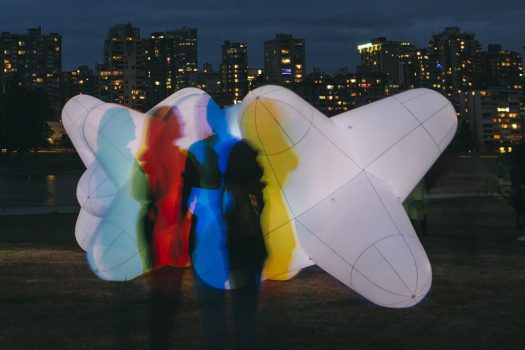
Banishing white elephants
Creative approaches to sports facilities also extend to the creative use of competitive venues, like the former Vancouver Olympic Centre, which hosted curling at the 2010 Winter Games.
After the Olympics the venue was converted into a multi-purpose recreation centre with a community ice rink, and aquatic centre, playgrounds, a childcare centre, dance studio and library.
“At the end of the day it wasn’t left as a white elephant, but something that was truly integrated into the city,” Mr Condon said.
He said local authorites who want to foster active and engaged communities need to resist the “organisational inertia” that favours the status quo, take chances and not be afraid to make mistakes.
“The first thin local governments can do is make a commitment to think about cities differently,” he said.
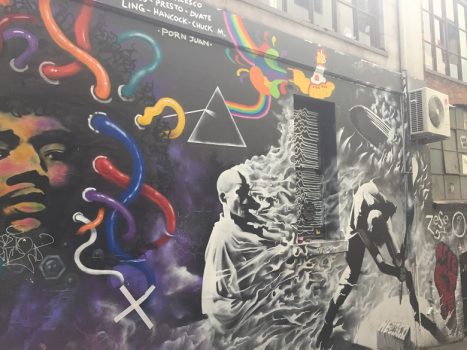
Comment below to have your say on this story.
If you have a news story or tip-off, get in touch at editorial@governmentnews.com.au.
Sign up to the Government News newsletter.